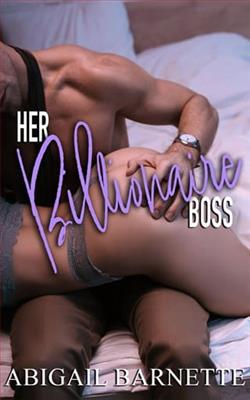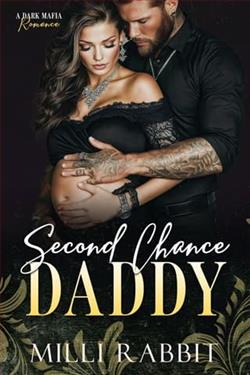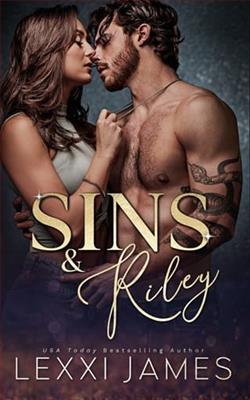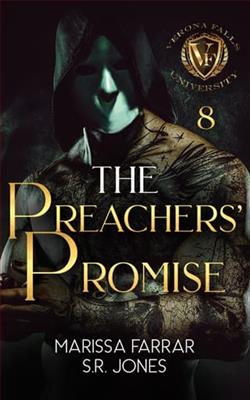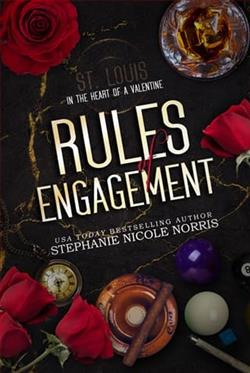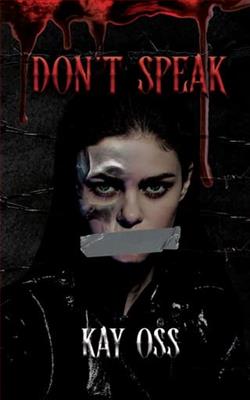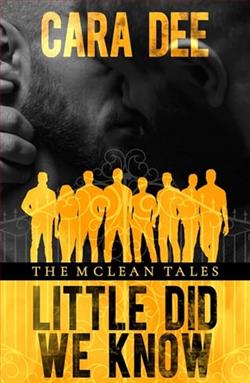Page 30 of The Vintage Dress Shop in Primrose Hill
‘You look lovely,’ Charles said, bending down to kiss Sophy’s heated cheek, then the other one.
‘You look as if you haven’t had to do battle with a lot of small children,’ Sophy said, allowing herself a brief, admiring glance at the impeccable crease in Charles’s trousers. Then she averted her gaze before her eyes could travel upwards. ‘One of them kept bashing me with their lunchbox all the way up the escalators.’
‘Poor Sophy.’ Charles took her elbow to steer her out of the tube station. ‘Much quicker to come out here and nip across the road instead of walking along that subway that never ends.’
‘We’re going to a museum,’ Sophy stated, not very enthusiastically, because there was nothing much to do at South Kensington unless it was to go to a museum. She was already reliving the memory of several very boring school trips to the Natural History Museum to stare slack-jawed at dinosaur bones or to the Science Museum to gaze glassy-eyed at a working model of the solar system.
‘Not just any museum,’ Charles corrected her. ‘The V&A.’
The V&A was the Victoria & Albert Museum; Sophy knew that much. Even the thought of an afternoon in Charles’s company couldn’t put a spring in her step as they crossed over the very busy Exhibition Road towards the imposing Victorian building that rose up like an ornate wedding cake; all turrets and fiddly, frilly bits.
When Charles had mooted the idea of a crash course in vintage fashion, Sophy had envisaged cosy days cocooned in his lovely office, sitting side by side on his Chesterfield as they leafed through books full of beautiful pictures of beautiful women in beautiful dresses. Charles would speak and Sophy would surreptitiously watch the shapes his mouth made as he talked and let his voice drift over her. Because he was one of those people who could read the phone book out loud and make it sound like poetry.
She hadn’t imagined that they’d go to museums. Museums were boring. They just were. Full of old, dusty things or dioramas of scientific stuff that nobody would really want to visit unless they had to because they were at school.
‘I’m a member,’ Charles said as they entered the cavernous entrance hall, which was marble and tourists as far as the eye could see. ‘And none of the current exhibitions are relevant to our interests…’
‘They’re not?’ Sophy asked, a little more brightly as she’d just seen a poster advertising an exhibition on Medieval Middle Eastern Art and she really didn’t fancy that or could see how it was anything to do with vintage fashion.
‘Not today.’ His hand was at Sophy’s elbow so he could gently guide her in the right direction. This time it was across the entrance hall, striding straight past the shop, though Sophy perked up because who didn’t love a gift shop? Then through a long gallery devoted to South-East Asia until Charles stopped. They’d reached their destination.
‘Fashion. You’ve brought me here to look at clothes and then quiz me on the difference between Lanvin and Lagerfeld?’ Sophy asked aghast. ’I might just as well be back at the shop!’
‘Excellent pronunciation,’ Charles said with a broad smile because he was an unfeeling brute. ‘It will be fun, I promise you.’
It wasn’t fun to start with. Though there were some interesting things to look at: kimonos, a pair of papyrus sandals maybe dating back to 30BCand a huge dress called a mantua from the 1750s, with such an enormous skirt, like a crinoline on steroids, that Sophy decided that its poor owner would only have been able to get through doors sideways.
‘As for sitting down, forget about it!’
Then they came to a display of wedding dresses. Sophy had quite enough of them at the shop, thank you very much. She ran her eyes over the spotlit mannequins without much interest, until her attention was caught by something that Phoebe would never have allowed in the atelier. It was a white gabardine and silver PVC minidress and coat designed by John Bates.
‘A very important sixties designer,’ Charles said. ‘Arguably overlooked though he was doing miniskirts before Quant and Courrèges.’
Sophy squinted at the information card. The dress had been designed for and worn by aVoguefashion writer called Marit Allen when she married a film producer, Sandy Lieberson, in the summer of 1966.
Instantly Sophy was transported to the very groovy Swinging Sixties. She could imagine the wedding party all decked out; the men like the Beatles on the cover ofSgt. Pepper’s Lonely Hearts Club Bandand the women in miniskirts and maxidresses in psychedelic patterns and clashing colours.
‘I bet her mother was furious that she wore a dress so short that everyone could see her pants,’ she said to Charles, who shot her an amused look before they moved on.
Predictably, there were a lot of voluminous dresses in various shades from white to cream, including a 1930s embroidered satin silk dress with a huge train designed by Norman Hartnell, which would have made Phoebe crack a smile.
Hopefully they’d be done soon and then Sophy could explore the gift shop because this was deathly dull – although…
‘Ha! They’ve put this dress in the wrong part of the fashion exhibit,’ she said as they came to a beautiful ruby-red sheer shirt dress with a slip underneath in the same rich colour. It was delicately draped and gathered, the sleeves ending at the elbow in a cuff. ‘I would absolutely wear that if it wouldn’t clash with my hair.’
‘I disagree. Lots of redheads look good in red,’ Charles said, staring not at the dress but at Sophy’s hair, which she’d gathered up in her usual ponytail.
‘Unfortunately I’m not one of them.’ Sophy leaned forward to read the information provided. ‘Turns out itisa wedding dress. From 1938.’
The red silk gauze dress had been worn by a woman called Monica Maurice, who was a trailblazer in so many ways, not just in her daring sartorial choice of a wedding gown. She was an industrialist, known as the ‘Lady of the Lamp’ in the Yorkshire coalfields, and had a love of racing cars and flying. In 1938 she’d become the first women member of the Association of Mining Electrical Engineers. Monica was clearly a woman of many layers.
‘I love Monica,’ Sophy said with a wistful sigh as she peered intently at the black and white photograph of Monica on her wedding day, a tiny birdlike woman with a huge smile. ‘I feel like I know her. I can just picture her wearing this red dress and not caring whatpeople thought of her for not wearing a long white frock.’
‘As Virginia Woolf wrote, “we are what we wear”,’ Charles quoted.
Sophy looked down at her slightly waisted sack dress and wondered what it said about her. Nothing that good. That she valued comfort, convenience and conventionality over being someone like Monica who laughed in the face of all those things. ‘Bloody hell, I hope not.’
‘The thing about clothes though is that you can decide who you want to be every morning when you get dressed,’ Charles said as they moved away from the wedding dresses and further into the permanent fashion exhibition. ‘Clothes have the power to change our mood. They’re a way of expressing ourselves, of being creative, of announcing who we are without having to say a word.’








